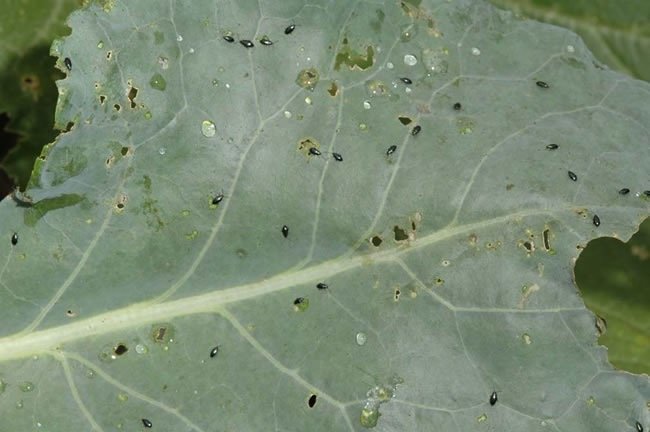Radishes
Raphanus sativus
A Basic Growing Guide
There is nothing more satisfying than planting a row of radish seeds. You return but one week later and there is a visible line of green sprouts. Hardly a month later and you’re pulling up these beautiful little crunchy bulbs. They come in a dazzling array of colors—red, white, purple, and even black!— and can be round, oblong, or long like a carrot. Though it is famous for its colorful root, the whole radish plant is edible: root, stem, leaves, and seed pods.
I like to plant successions of radishes. Unless you are a radish-eating fiend, you can easily end up with too many radishes. And leaving them in the ground longer is not a good option as they can become bitter, woody, and the plant will eventually bolt…though I will say radish flowers are charming little things. Can you guess how I know?
Some Common Varieties
Cherry Belle – Classic small, round, red radish with crisp white flesh.
Daikon – Large, white, mild-flavored radish often used in Asian cuisine.
French Breakfast – Oblong reddish-pink radishes with white shoulders and a mild flavor.
Radishes Through The Season
Planting Instructions
Light Requirements
Full sun to partial shade (at least 4-6 hours of sunlight per day). Can plant under larger vegetables, but too much shade results in more leaves and smaller roots.
When
In Middle Tennessee, radishes can be planted in early spring (March-April) and late summer to fall (September-October). They grow best in cool weather.
Seed or Transplant?
Always direct seed—radishes grow too quickly for transplanting!
Depth
Sow seeds 1/2 inch deep in loose, well-drained soil.
Spacing
Space seeds 1 inch apart in rows 6-12 inches apart. Thin to 2 inches apart once seedlings emerge. You want enough room for each radish to grow to size.
You can eat radishes of any size so don’t worry about the ones you pull up, rinse and eat, or sauté them up!
Growth Habit
Radishes are small root crops that grow underground, with leafy greens sprouting above the soil.
Tending
Watering
Keep soil consistently moist, providing 1 inch of water per week. Dry conditions cause radishes to turn woody.
Common Pests and Treatments
Flea Beetles
Tiny black beetles that leave small holes in leaves. Remove infested leaves.
Common Diseases and How to Treat
Damping Off – A fungal disease that can affect young seedlings, causing them to collapse. Once this happens, not much can be done. Remove the affected seedlings. For the healthy seedlings, avoid overwatering and plant in well-drained soil.
Feeding/Fertilizing
Radishes grow best in moderately fertile soil. Too much nitrogen leads to big leaves and small roots—use balanced organic fertilizer (like compost or Gardentone) at planting.
Pruning
No pruning is required, but thinning seedlings is essential for proper root formation.
Harvesting
When
Harvest radishes as soon as they reach full size, typically 22-30 days after planting for small varieties and 50-70 days for larger varieties like Daikon.
You can check the size of radishes by pulling the soil back from the stem to expose the shoulders (top of the radish). Also, if the shoulders are pushing up on their own, its time to pull them up.
Don’t leave them in the ground too long—they’ll become bitter and overly spicy! Better to pull them too small.
How
Gently pull radishes from the soil, gripping them near the base of the greens.
If the soil is compacted or you are feeling resistance when pulling, water lightly to loosen the ground.
Then What?
Before storing radishes, remove the leafy tops to prevent moisture. Store in the refrigerator for up to 2 weeks.
All parts of the radish are edible, so use up those leaves in a salad or soup!
For long-term storage, Daikon and Watermelon radishes can be stored in a root cellar for several months.
Radish Recipes
Easy Uses: My friend Catherine placed thinly sliced radishes on top of avocado toast for a brunch. Such a simple way to add color, flavor, and texture!







